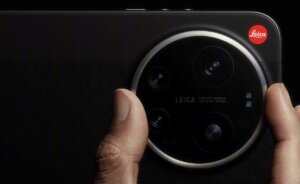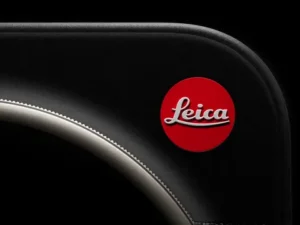After analyzing the plans of both Meta and Snap, it appears that September is going to be an eventful month for tech competitors as both the companies are going to launch their AR wearables.
The last time these two giants were on opposite sides was when meta’s Mark Zuckerberg offered to buy out snap’s Evan Spiegel at $2 billion. Nonetheless, as reported by The Verge with insiders, we can expect them to go head to head with regards to whose AR glasses are better in their respective annual events next month.
Source: Snapchat
On this basis, it is expected that, at the Partner Summit in Los Angeles on September 17, Evan Spiegel, the head of Snap, will present the fifth generation of Spectacles. Snap posted in their blog that with the new Spectacles as illustrated below, they will offer a much better experience than the preceding version that had a field of view of 26. At the cost, you get a 3° diagonal field-of-view and 30 minutes of battery life.
Source: Meta
A week later or on the 25th of September Meta’s Mark Zuckerberg is expected to present the Orion glasses at the Connect conference at Menlo Park. This Announcement is Meta’s transition from their existing Ray-Ban smart glasses, seen below, to completely AR devices. Meta claims that, with the Orion AR glasses, the firm is embracing field-of-view immersion or a larger display region for digital content.
Read Also: Infinix unveils a new era of tech accessories at a launch event in Lagos
You probably won’t see these high-tech specs in stores anytime soon, though, as both companies are releasing relatively few initially, primarily to ensure they get into the hands of developers and strategic partners. Snap might produce fewer than 10,000 units, the numbers could be even lower for Meta, according to the insider source.
The problem that both Meta and Snap face, however, according to industry insiders, is how to fit advanced AR features into a device that would look like normal glasses. Today’s premium AR devices such as Magic Leap 2 still look like the goggles, not a pair of glasses people wear daily. But as September is approaching tech enthusiasts are eager to see what such reveals could imply for the future of wearable AR.




